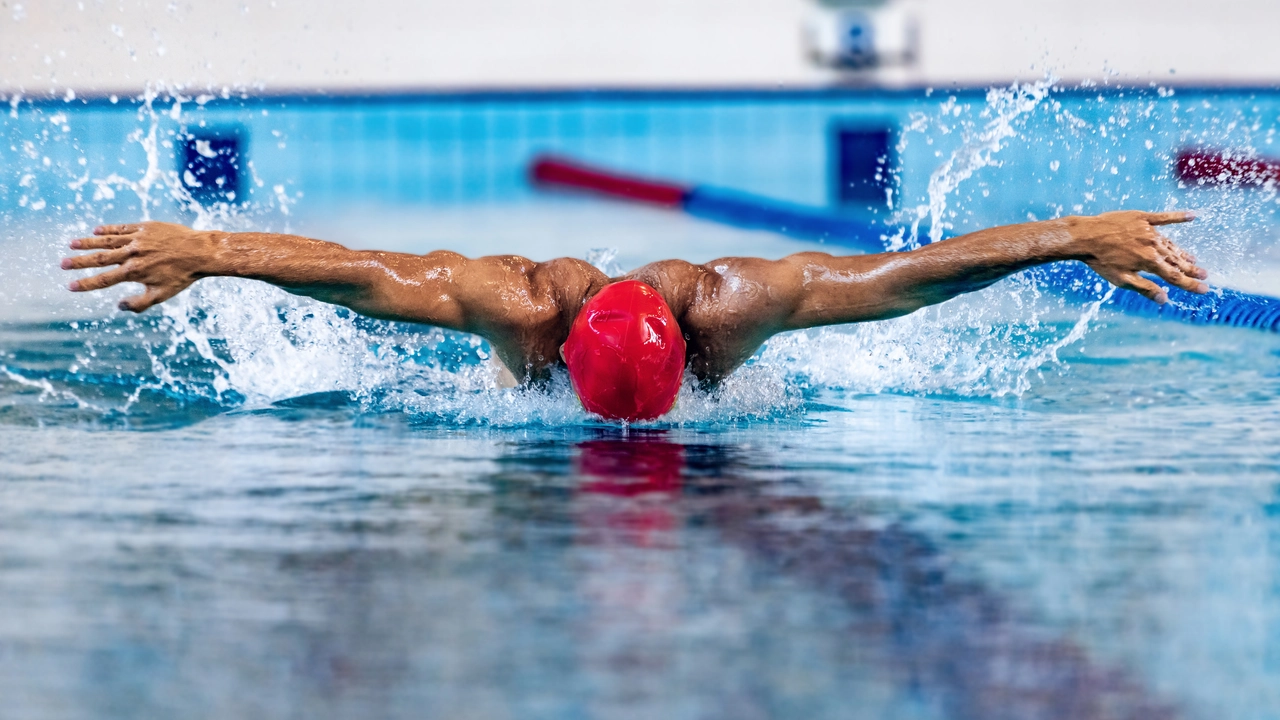Regulation Strokes – What Every Paddler Should Know
If you spend any time at a pool, you’ll hear the term "regulation strokes" a lot. Those are the four strokes that count in races and trainings: freestyle, backstroke, breaststroke and butterfly. Knowing how each works and when to use it can make your workouts more efficient and your races faster.
The Four Regulation Strokes
Freestyle (front crawl) is the fastest and most used stroke. Keep your body flat, rotate your hips, and pull with an S‑shaped hand movement. Breathe to the side every two or three strokes, and keep your kicks steady and short.
Backstroke feels like freestyle on your back. Your arms move in opposite circles while your face stays above water. Use a straight‑arm recovery and a relaxed kick. Keep your head still and look up at the ceiling to stay steady.
Breaststroke is the slowest but the most technical. Your hands push out then sweep inward, and your legs perform a frog kick. Timing is key – glide between each pull‑kick cycle. Keep your head low and lift only to breathe.
Butterfly is the toughest. Both arms pull together over the water while your legs do a dolphin kick. The motion should be fluid: pull, kick, breathe, repeat. If you feel cramped, focus on a strong core and a smooth rhythm.
Tips to Improve Your Technique
Start with a video of your own swim. Seeing where your body rolls or where the kick falls short gives instant clues. Small tweaks, like a tighter elbow in freestyle, can shave seconds off a lap.
Practice each stroke separately. Spend 15 minutes just on the catch‑phase of freestyle, then hop to the kick of backstroke. When you isolate parts, you train muscle memory without getting overwhelmed.
Use drills that mimic the stroke’s core movement. For butterfly, try a single‑arm drill with a board to build arm strength while keeping the dolphin kick. For breaststroke, the “2‑kick, 1‑pull” drill helps you feel the glide.
Don’t ignore breathing. In freestyle, try breathing every 3 strokes to keep your rhythm even. In butterfly, breathe forward, not side‑ways, to avoid breaking the wave of water.
Strengthen your core and shoulders out of the pool. Simple planks, push‑ups, and resistance band work keep your body stable when you’re moving fast.
Finally, be patient. Mastering a regulation stroke takes weeks of consistent practice. Keep a log of distances, times and how you felt each session. Over time you’ll see the patterns that lead to smoother, faster swimming.
With these basics and tips, you’ll feel more confident whether you’re training for a meet or just cutting laps for fitness. Remember, the key is steady practice and paying attention to the little details that make a big difference in the water.
